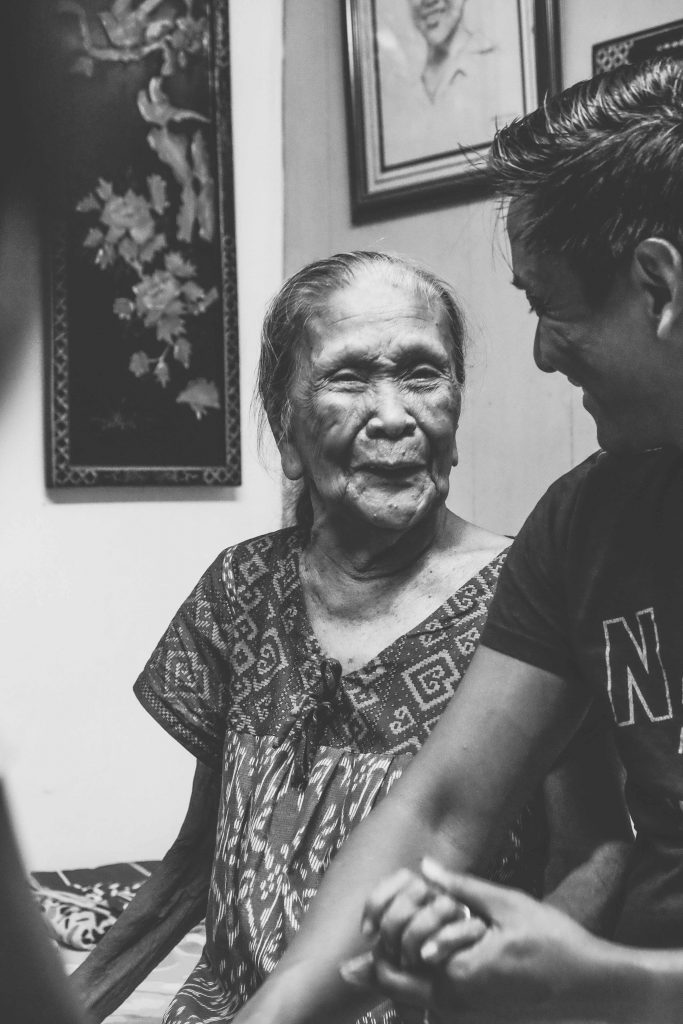There’s no better time to talk about skin cancer than in late spring and summer when temperatures go up. Knowing a thing or two about this type of cancer could be essential for you as it is preventable. Also, if you didn’t know, May was Skin Cancer Awareness Month. Unlike what many people believe, skin cancer is quite common. If you notice a new mole or something unusual with your old ones, don’t hesitate to contact a doctor. An interesting fact is that most melanoma gets noticed by friends and family and not by physicians. This particular cancer prevention and early detection can play a vital role, and knowing a few facts can save you or your loved one’s life.
How Common Is Melanoma?
In the United States, more than 20% of people develop some type of cancer by their 70th birthday. Melanoma is the least common type of skin cancer, but it is the deadliest one. In the first months of 2018, more than 90,000 new cases of melanoma were detected. Unfortunately, with this high a number, the death tally will be close to 9,000. Older adults with light skin are the group of people most prone to this cancer.
Is Melanoma Hereditary?
It can go both ways. This cancer is generally caused by high UV exposure. It’s not related directly to genetic predisposition. Among the people who develop this cancer, only one in twelve will have a relative with melanoma. But according to researchers, two genes (CD4K and CDKN2A) are linked to familial melanoma. If you possess these mutated genes, you have a chance of developing this cancer during your lifespan.
Where Is Melanoma Most Commonly Found?
Among the male population, melanoma is most frequent on the back, head, neck, and torso. In women, it is mostly found on the arms and legs. But it can be located on any part of your skin which is pigmented, and this includes the eyes.
Can Skin Cancer Cause an Itch?
All melanomas are different, and their symptoms differ from case to case. The first warning of skin cancer is a change in sensation of your skin, and this could mean a constant itch, pain, tenderness, redness, and/or swelling. So, yes, itching can be one of the symptoms, but it doesn’t mean that your skin will itch at all if you develop this cancer.

Source: pixabay.com
How Fast Does a Melanoma Spread?
Depending on the case, skin cancer can develop quickly if you have an invasive one. The type called lentigo maligna melanoma tends to expand at a slower rate. But the speed of its development depends on genetic factors, which means every person will react differently to it. In most cases, it is hard to predict how fast melanoma will spread across your body.
How Long Can You Have This Cancer and Not Know It?
The answer to this question also depends on the type of melanoma. The nodular melanoma can spread across your body in a matter of weeks. The radial melanoma can take its sweet time and develop for decades. Similar to cavities, melanoma can grow for years before showing any signs or symptoms of its existence.
What’s the Survival Rate?
If detected in time and treated adequately, the survival rate is high and close to 99%. But unfortunately, this cancer can spread to other parts of the body such as the brain, lungs, kidneys, heart, liver, and other vital systems. In cases where melanoma spreads to the lymph nodes, survival rates fall to 63%, and in situations that it reaches any of the organs mentioned above, it’s less than 20%.
How Can You Prevent Skin Cancer?
In most cases, melanoma is caused by exposure to UV radiation. The best way to prevent it is to wear protective clothing, use sunscreen, and avoid the sun during the afternoon. Be sure to take care of your skin. As you read in our article, melanoma can be cured, but prevention and early detection are vital to the process.
Featured Image Source: www.pixabay.com
The post Answers to 10 Frequently Asked Questions About Melanoma appeared first on Our Best Homecare Tips.
Source: CareTips





















Recent Comments